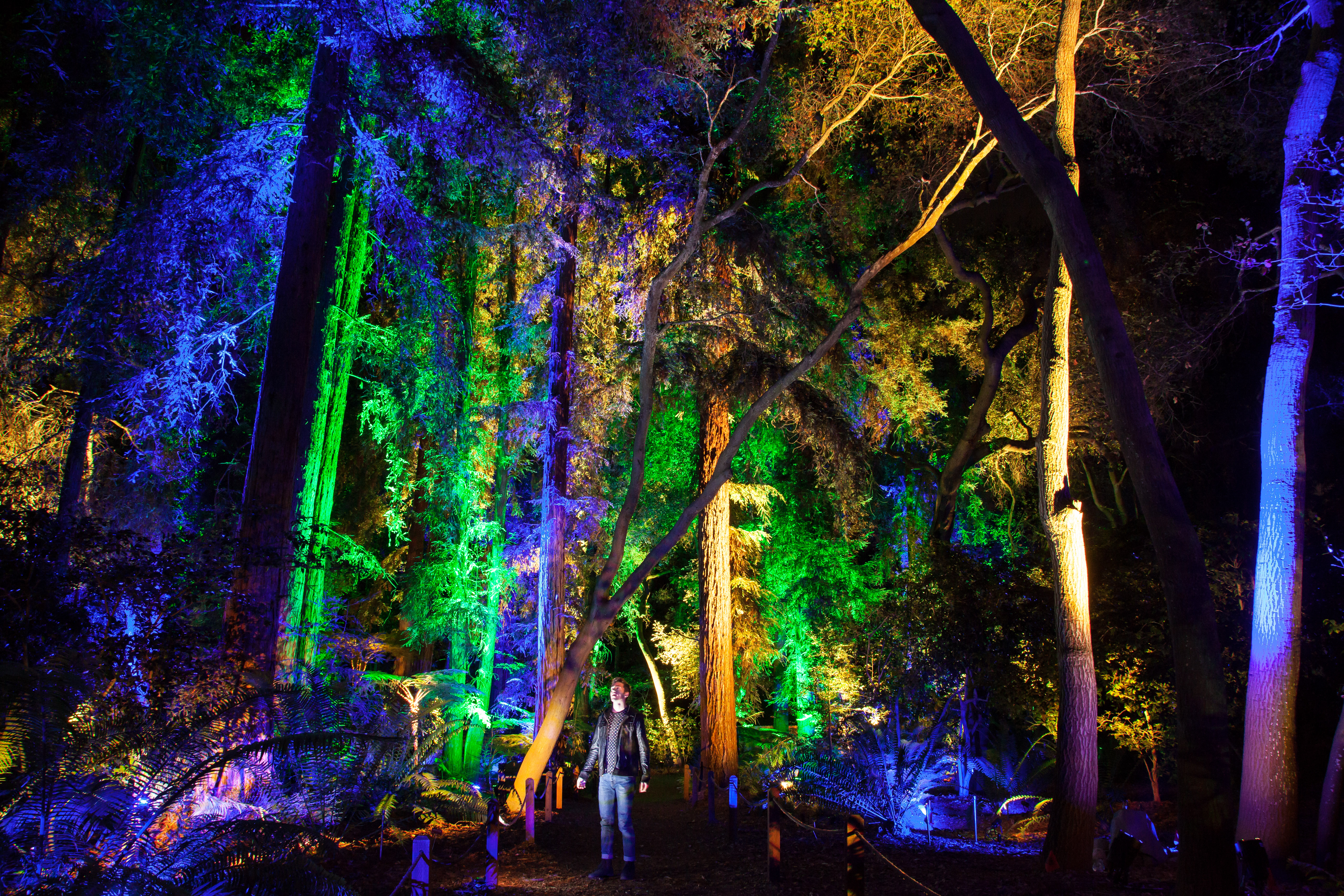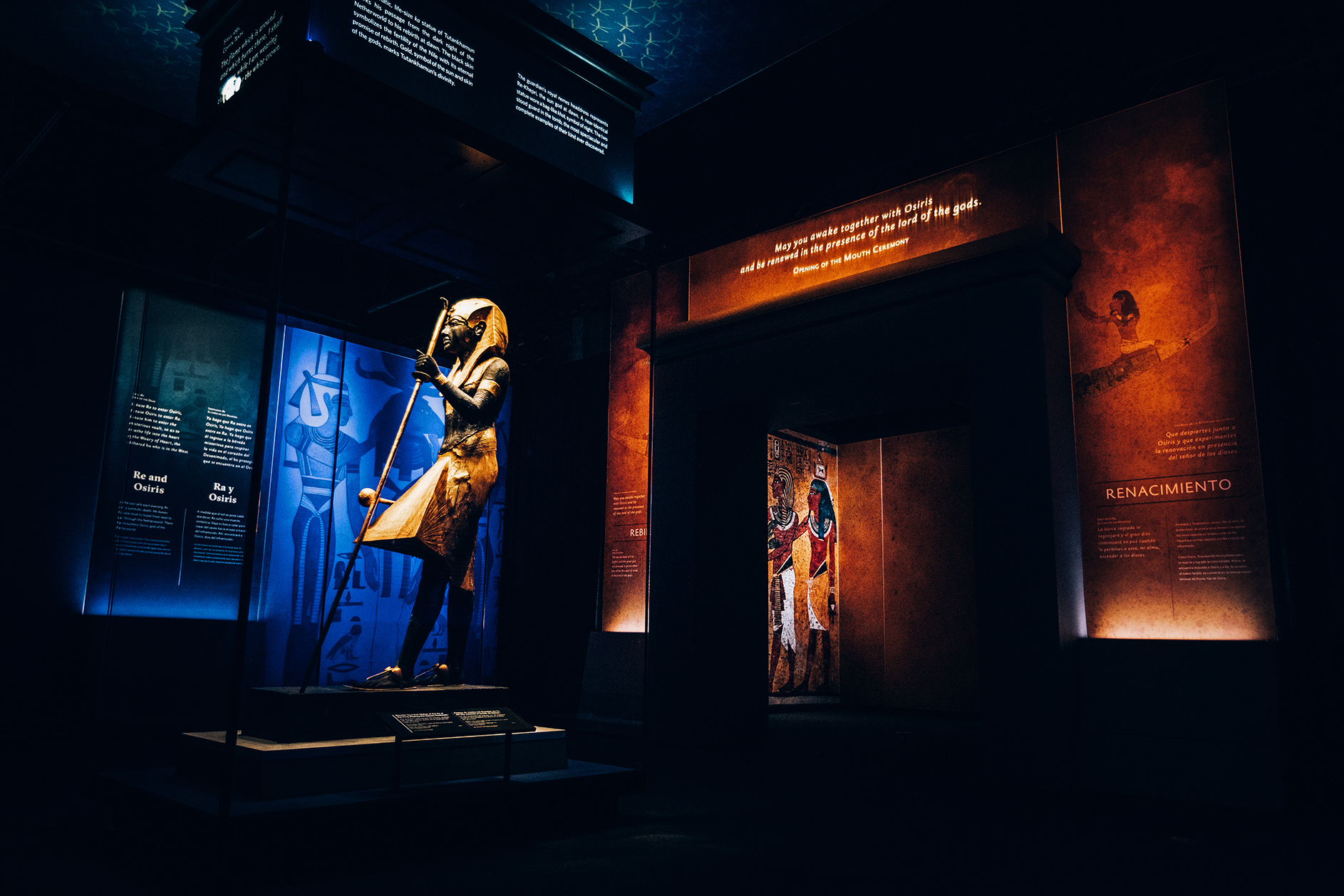When principals Norm Schwab and John Featherstone founded Lightswitch 25 years ago, they did so with the intention of creating a truly different and distinctive lighting and visual design company. Now that Lightswitch has grown in both expertise and geographic markets, its leaders feel a great sense of pride when they look back over the past quarter century – and excitement as they plan for the future. Recently, five of the principals—Norm Schwab, John Featherstone, Chris Medvitz, Howard Wener, and Brad Malkus—sat down to answer some questions and reflect on the first 25 years of the firm. Read Part One and here is Part Two of that roundtable discussion:
What are the goals of good lighting design in any application?
Norm: To reveal the truth!!! Or hide something's flaws (which costs a lot more).
Chris: That's subjective! I know what I like and don't like, but that could be different for different eyes. However, to be more objective, I would say that I always try to balance my clients' creative and financial objectives with my own aesthetic of whatever the creative situation is. I like to pay attention to detail and strive for a meticulously refined result, which can mean a lot of different things depending on the goals of a particular project. I also strive for a stress and drama free time, especially in the execution part of a project. I feel that this contributes to everyone involved having more fun, and that always makes for a better experience for clients, associates, and personally!
John: I think as a business, a huge part of what we do is to help our clients with executing their vision. As Chris says, lighting is subjective, but happy clients, are universal! I find that means I have to be flexible, thoughtful, and open-minded. I bring a ton of experience and my personal tastes to the table, but I would be remiss if that wasn't all tempered by and blended with my clients’ needs and goals, too. Finding that sweet spot between my clients' wishes and desires and mine is where I think excellence lies. We're a design practice in the real world, not fine artists. We strive to be pragmatic visionaries.
Howard: I agree with my partners. I try to keep my ego out of it as much as possible while trying to help our clients create exactly what they are imagining. I think a big part of our job is to utilize our experience to help us foresee the surprises—good or bad—that are likely to come up if a project heads in a certain direction. My goal is to have at least one great idea in every project that we can point to as undeniably Lightswitch's. Otherwise, I want us to be seen as great team members that helped achieve the client’s vision—on time and within budget.

How do all of the offices juggle projects?
Norm: This is something that we are always trying to improve on. It can be as simple as who has capacity and who has too much work, but at it's best, it is one office being able to help the other with people on the ground or skills that the other office may not have (or the project might not be able to afford to pay for travel). This can include office skills, like REVIT, rendering, video editing, and energy calculations, but it can also include site visits, programming, and focusing. It makes us much more efficient when we share these types of resources.
John: We have a very collaborative but ad hoc 'it takes a village' approach to sharing projects—we are fortunate to have a very broad and diverse range of skill sets in our practice, so sometimes it is obvious. For example, if I need advice on a theme park-type aesthetic, I'm going to go to Brad. For architectural projects, I go to Warren or Avi. But sometimes it’s an “all call” situation, with an internal posting of “help, does anyone have experience with this kind of thing!” We also have 'special forces' teams within the group—Brad, Warren, Trig, and Avi focus on museums, while Chris and I focus on concert touring, and so on.
Howard: Unless a client has a strong preference, we try to assign projects based on who has the most appropriate skill set. Of course, sometimes geography and previous relationships come into play as well. A good example of this is the Hamilton Exhibition that we are currently designing. We were awarded the project based on previous work we had done with the producers, but the fact that we have people in New York where the exhibit designer is located and in Chicago, which is the location of the first installation, has been very helpful. We have learned over time how to collaborate efficiently across offices so that it is possible for us to have the design and production for a project being done in different locations. Having personnel in multiple time zones—including Asia means that work can go on 24 hours a day—if needed.

How has video impacted your work as lighting designers in entertainment, corporate, and other areas?
Norm: I have completely embraced the blurring of the lines between video, lighting, scenery, and architecture. Whether we are producing the content or collaborating with others, the idea of a timeline-based, pixel driven world is revolutionary—as is sometimes not using any of it!
John: My philosophy is that our ultimate client, the audience, doesn't look at a show as “oh, that’s video, and that’s scenic, and that’s lighting.” They look at it as a holistic, immersive, and integrated experience. So regardless of the area and regardless of whether we are creating the content or someone else is, video is an opportunity to create more immersive experiences, and more holistic and integrated visual tableaus. This makes for more memorable experiences for the audience, and happier clients for us, which results in more business, and more opportunities.
Chris: The blurring of disciplines has resulted in our roles expanding beyond lighting design into media, but also overall show design as we use video content to control lighting, and to paint architecture. This seems to be happening or has already happened in almost every market in which we work.
Brad: I haven't done any large-scale live performance work since the video wall/media server revolution began, but the merging of video and lighting has certainly become a major design consideration in the theme park work that we do. We are also seeing it beginning to find it's way into the museum market, which is very exciting. The Hamilton Exhibition and the current King Tut exhibition are excellent examples of this.
Check out Part One, and stay tuned for Part Three!